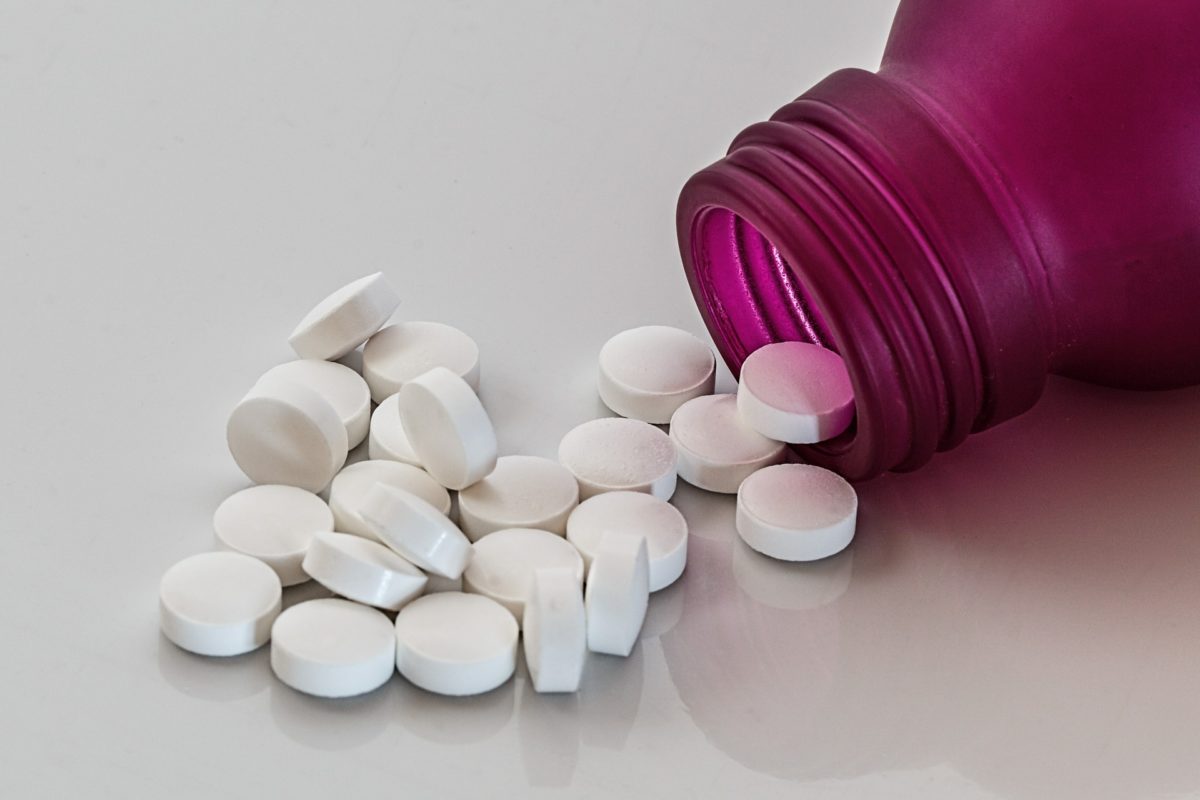KUALA LUMPUR, Jan 16 — The Philippines’ wide-ranging legislated price cuts on medicines primarily sold by foreign pharmaceutical companies could benefit the market, a research firm said today.
Fitch Solutions Macro Research predicted higher volume sales and greater competition in the market for the long term, on the back of objections to the scheme by the Pharmaceutical Health Care Association of The Philippines (PHAP).
“If patients and other payers are attracted to the new lower-priced pharmaceuticals, greater demand should attract more suppliers to the Philippine market, which is often overlooked by firms seeking opportunities in Asia Pacific,” the research firm said today.
Health authorities have also begun to take steps towards employing generic substitution policies, it added in a statement on its outlook for the Philippines’ pharmaceutical sector.
“Over the longer-term, as is common throughout the Asia region, market growth will decelerate due to increasing cost-containment and initiatives to improve the cost-efficiency of pharmaceutical spending. An increasing focus on cost-effective expenditure will further promote generic substitution rhetoric.
“As such, generic medicine sales growth will outperform overall market growth over the long term.”
Prices of medicines in the country are known for being beyond the reach of poor Filipinos and even the middle class, with expensive drugs and medicines costing up to 22 times more than branded ones, while the generics are four times more expensive.
Philippines president Rodrigo Duterte on January 13 reportedly assured his citizens that he would sign a draft Executive Order (EO) setting maximum drug retail prices (MDRP), which would apply at all stages of the supply chain, affecting manufacturers, wholesalers, distributors, and retail outlets.
Once signed by the president, the draft EO from the Filipino Department of Health is expected to cut the prices of at least 120 drugs by around 56 per cent from their prevailing market prices.
The introduction of maximum retail prices (MRP) in the Philippines is expected to widen access to medicines, particularly those that address leading diseases and conditions such as hypertension, cardiovascular disease, and cancer, as well as improve health outcomes.
Majority of the drugs affected by the MRP are new treatments for chronic diseases like cancer, diabetes, and cardiovascular conditions, many of which are complex biologicals.
Drug makers from Europe and the United States will be the most exposed to the MRP. However, the scheme will also affect local distributors, pharmacies and private hospitals.
PHAP, which represents the interests of research and development-based firms, has warned that the scheme could negatively impact small retailers and force manufacturers to reconsider plans to launch new medicines in the country.
It could also lead to pharmaceutical companies withdrawing existing products, which would harm the public, PHAP said.








